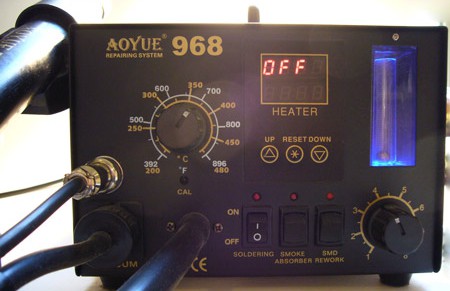
The AVR STK500 has been Atmel’s standard AVR development platform for many years. Recently though, hobbyists have embraced the Arduino. [Alessandro] has decided to bring the two together so that you can use the Arduino environment with the STK500. Unlike the Arduino, it comes with 8 LEDs, 8 switches, a variable power supply, and variable analog reference. It’s a great way to get hardware you might already have back into service.
















